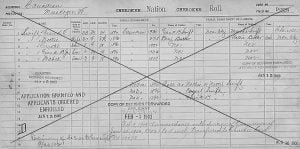The Seminole War of 1816 and 1817 – Indian Wars
After the close of the war with Great Britain, in 1815, when the British forces were withdrawn from the Florida’s, Edward Nicholls, formerly a colonel, and James Woodbine, a captain in the British service, who had both been engaged in exciting the Indians and Blacks to hostility, remained in the territory for the purpose of forming combinations against the southwestern frontier of the United States. Nicholls even went so far as to assume the character of a British agent, promising the Creeks the assistance of the British forces if they would rise and assert their claim to the land which … Read more


